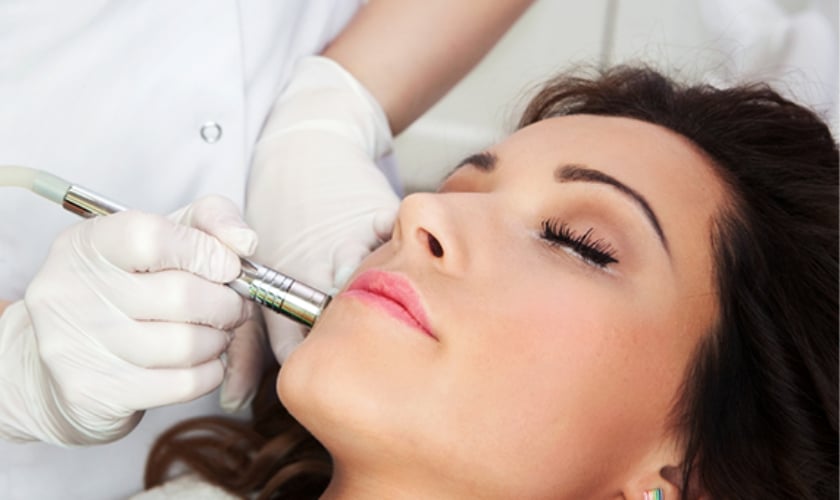Acne scars can leave lasting reminders of past breakouts, affecting not only our skin’s appearance but also our self-confidence. While there are various treatments available, surgical dermatology procedures have gained popularity for their effectiveness in treating acne scars. In this blog, we’ll delve into the world of surgical dermatology and explore the pros and cons of using these procedures to address acne scars.
Chapter 1: Surgical Dermatology for Acne Scars
We’ll introduce surgical dermatology as a category of treatments for acne scars. We’ll briefly explain the different surgical procedures commonly used, such as laser resurfacing, microdermabrasion, chemical peels, and subcision. Readers will gain a basic understanding of how these procedures work to improve the appearance of acne scars.
Chapter 2: Pros of Surgical Dermatology for Acne Scars
Effective Results: One of the primary advantages of surgical dermatology is its effectiveness in reducing the appearance of acne scars. These procedures can often achieve significant improvements, even for severe scarring.
Precision: Surgical dermatology allows for precise targeting of scar tissue, which means that specific types of scars can be treated more effectively.
Minimally Invasive Options: Some surgical dermatology procedures are minimally invasive, with shorter recovery times compared to more extensive surgical treatments.
Chapter 3: Cons of Surgical Dermatology for Acne Scars
Downtime: Depending on the procedure, there can be a period of downtime during the healing process, which may disrupt daily activities.
Potential Side Effects: Surgical procedures, even minimally invasive ones, carry a risk of side effects such as swelling, redness, and in some cases, scarring.
Chapter 4: Candidacy and Consultation
Understanding whether surgical dermatology is suitable for your acne scars is essential. In this chapter, we’ll discuss the importance of consulting with a qualified dermatologist or plastic surgeon. They will assess your skin type, scar type, and overall health to determine the most appropriate treatment plan for you.
Chapter 5: Alternative Treatments for Acne Scars
While surgical dermatology can be highly effective, it’s not the only option. We’ll explore alternative treatments such as topical creams, dermal fillers, microneedling, and at-home remedies. Each option has its own set of pros and cons, which we’ll outline in detail.
Chapter 6: Aftercare and Recovery
Proper aftercare and recovery are crucial for maximizing the benefits of surgical dermatology procedures. In this chapter, we’ll provide tips and guidelines for post-treatment care, including skincare routines, sun protection, and managing any potential side effects.
In conclusion, understanding the pros and cons of surgical dermatology for treating acne scars is essential for making an informed decision about your skincare journey. While these procedures offer significant benefits, they also come with potential drawbacks and should be considered alongside alternative treatments. Ultimately, the choice should be based on your specific needs, budget, and comfort level with the procedure. Consulting with a knowledgeable dermatologist or plastic surgeon is a crucial step in determining the best course of action to achieve the clear and smooth skin you desire.

